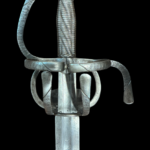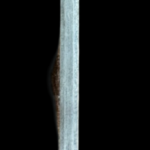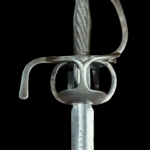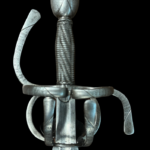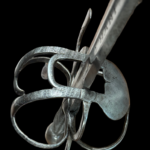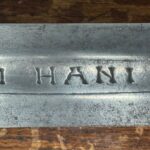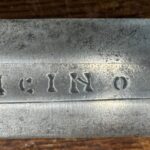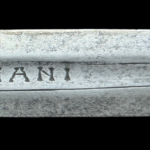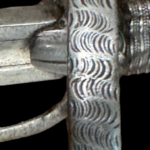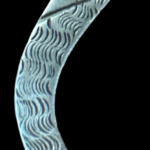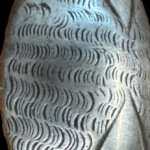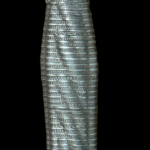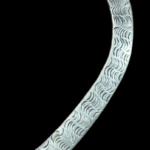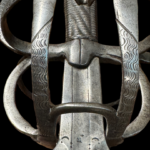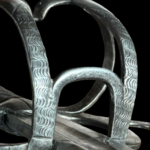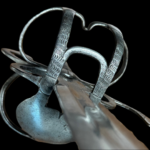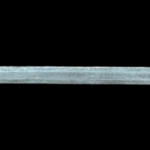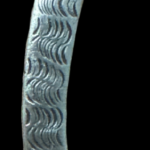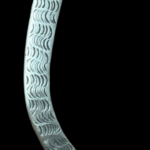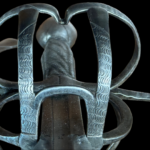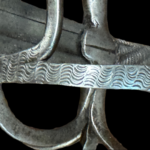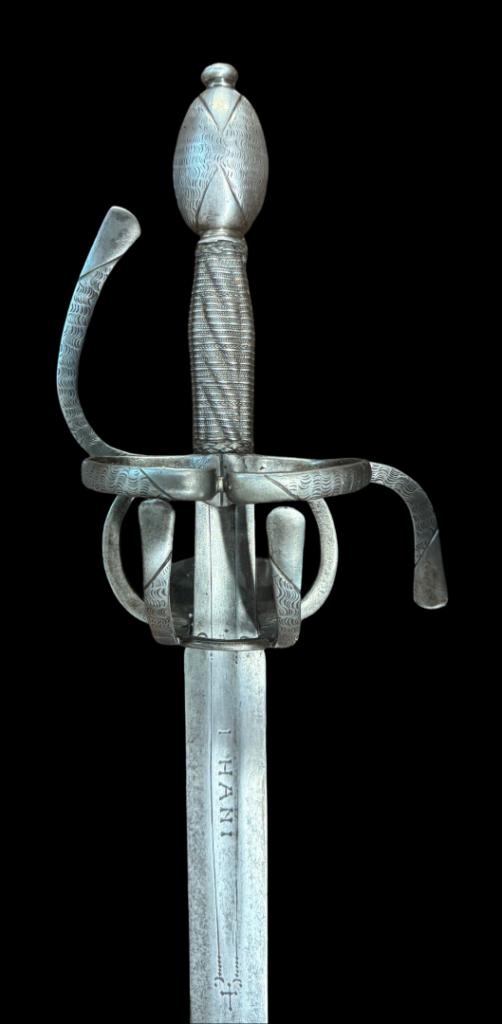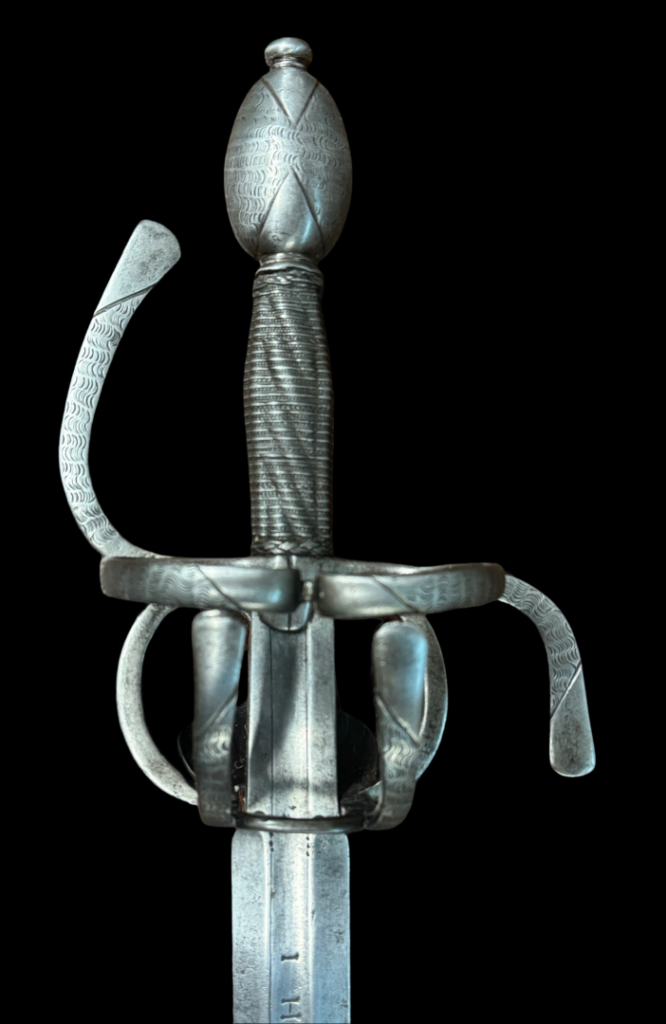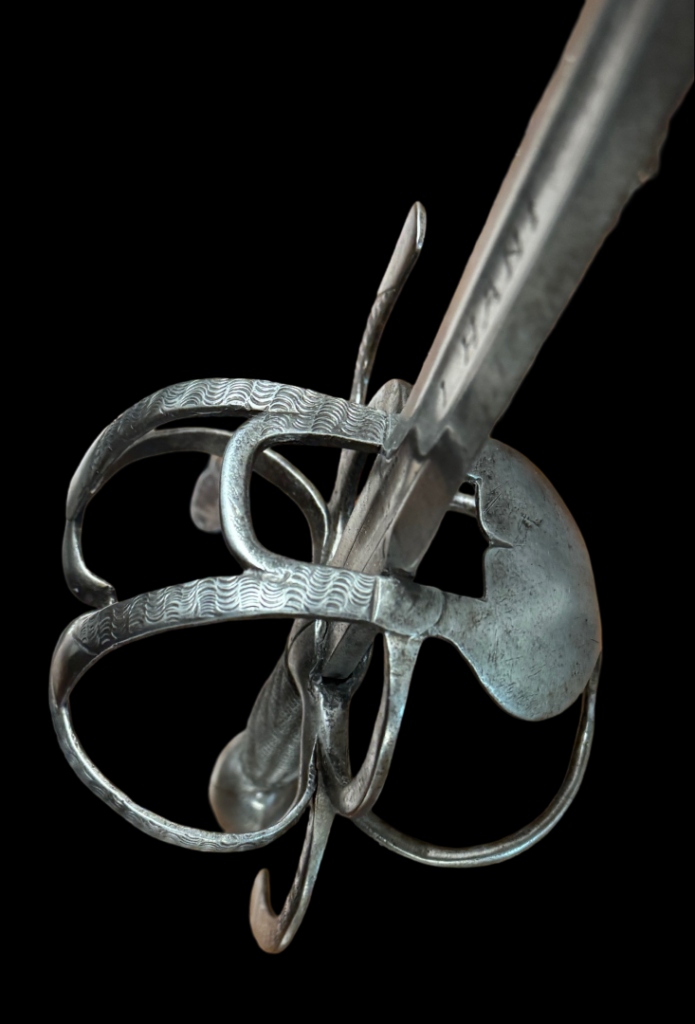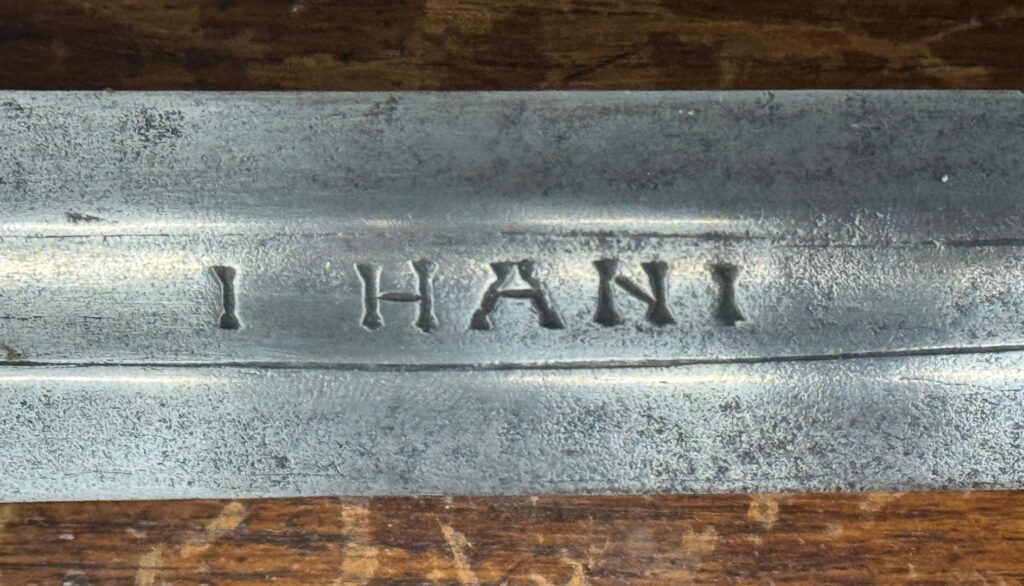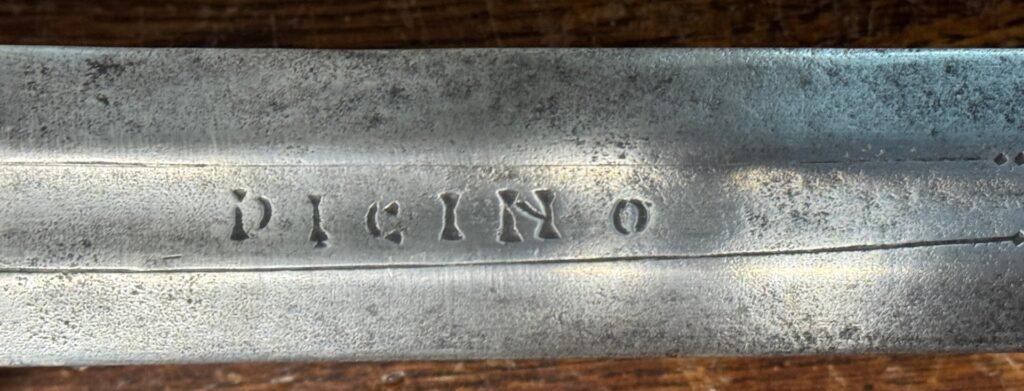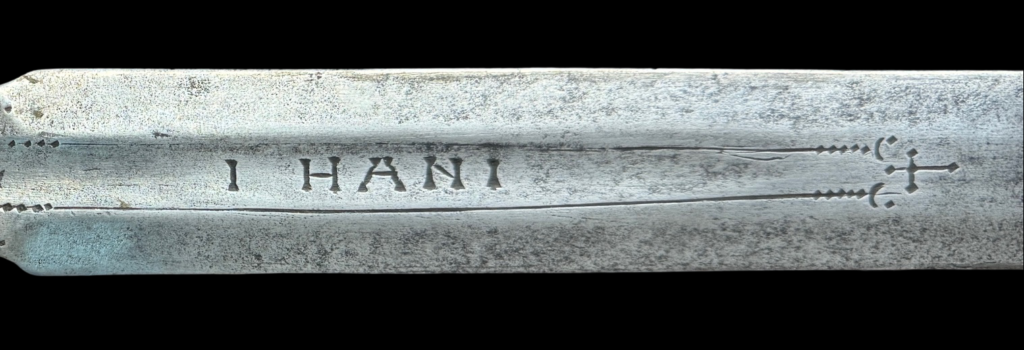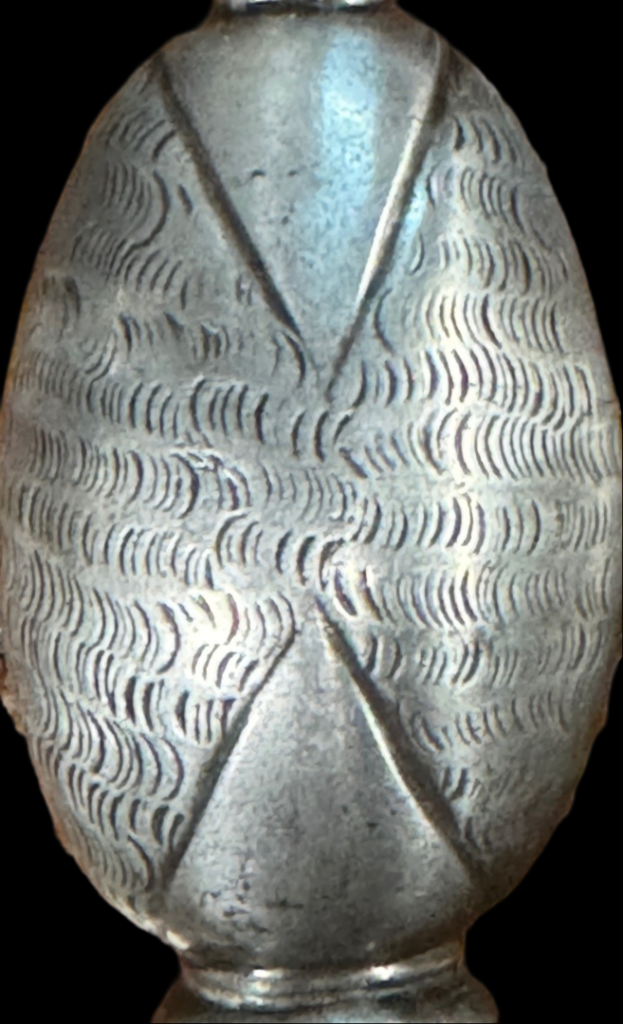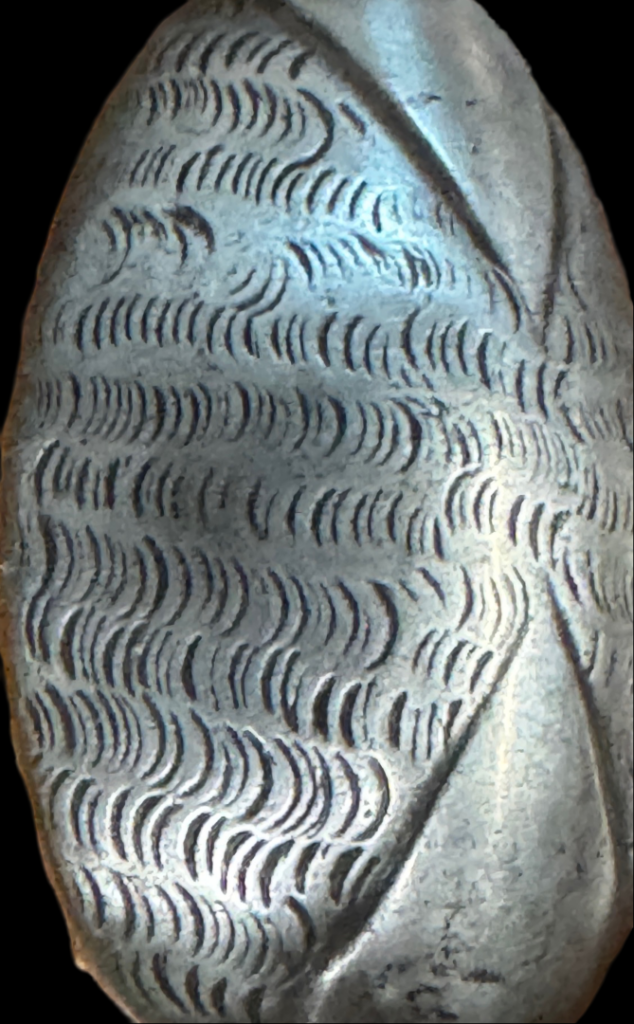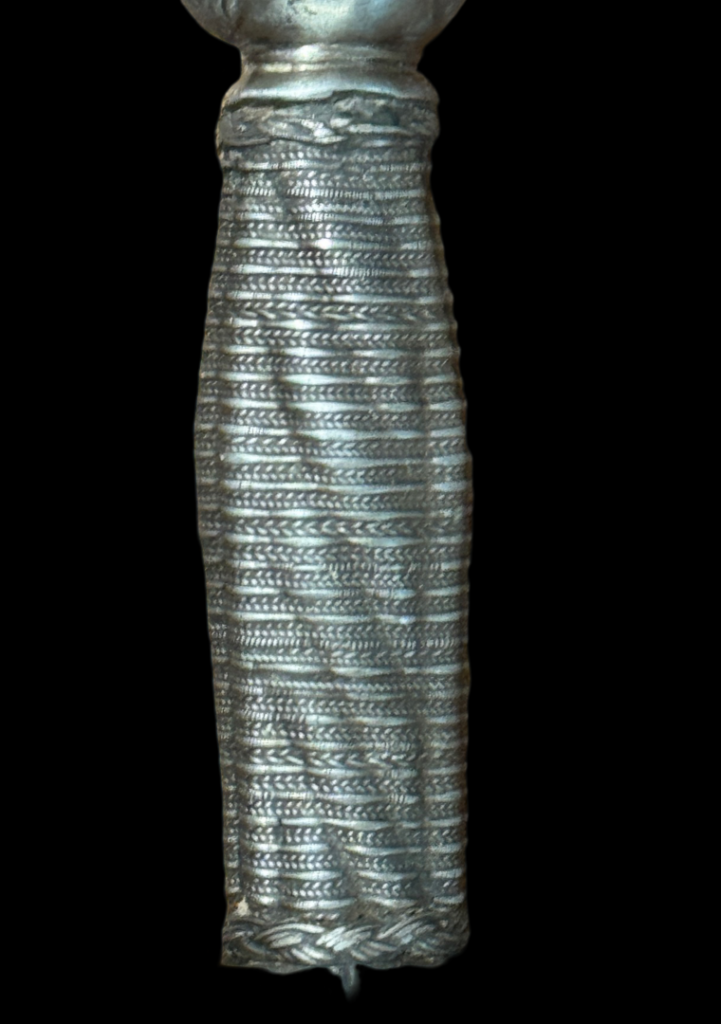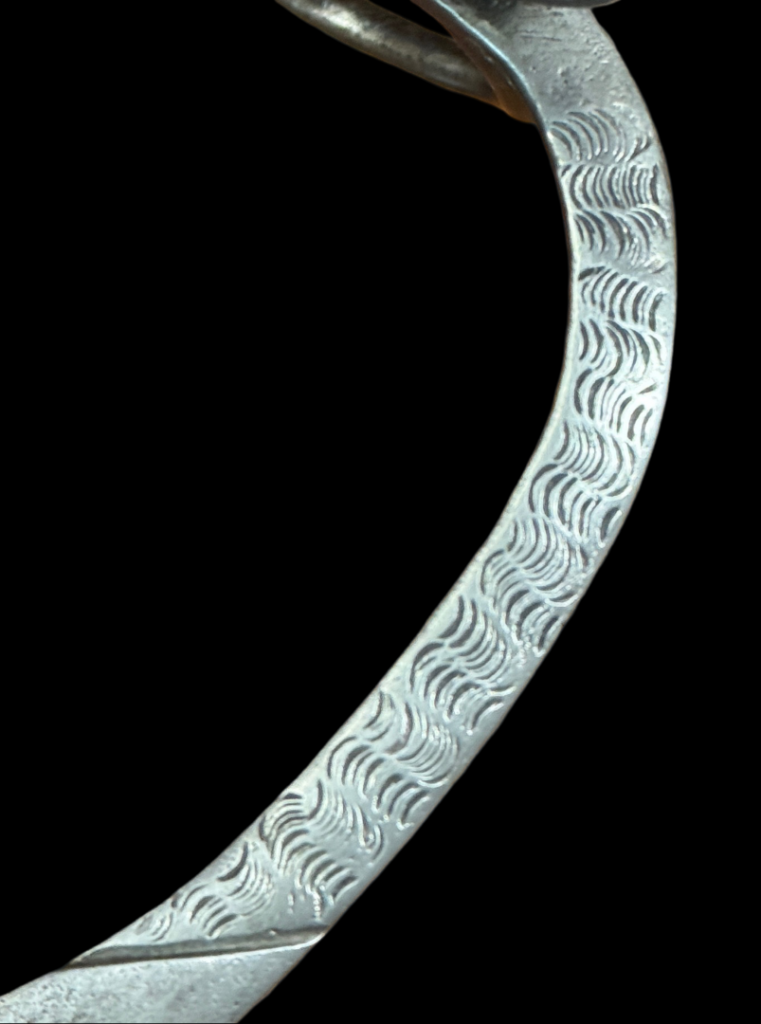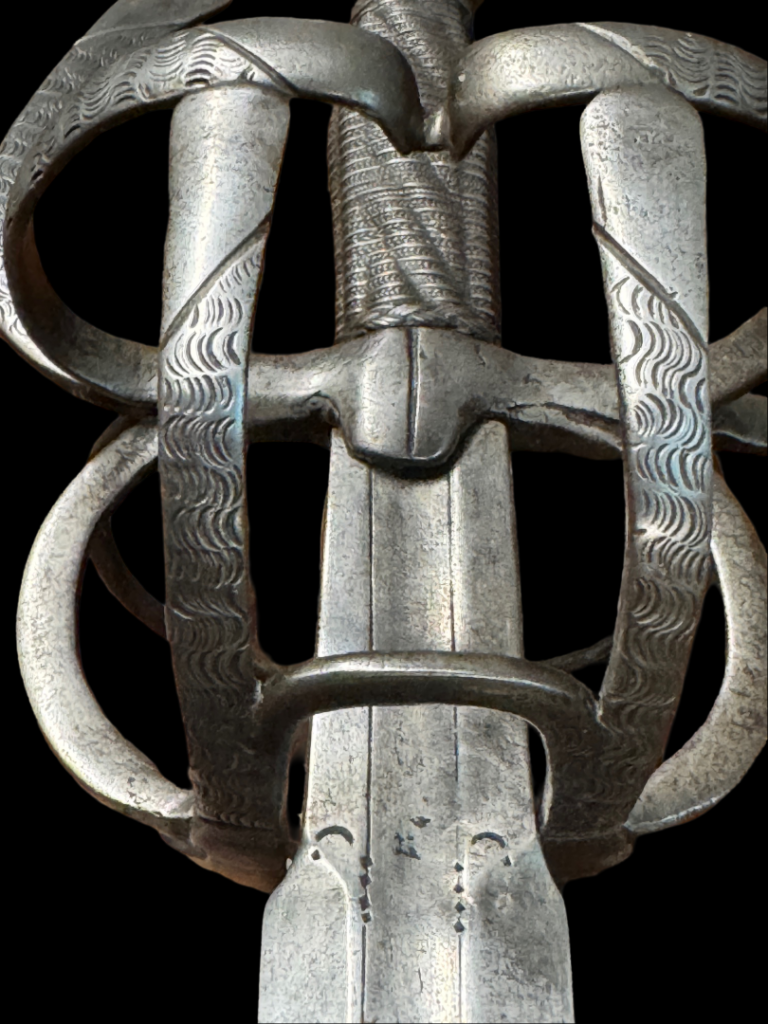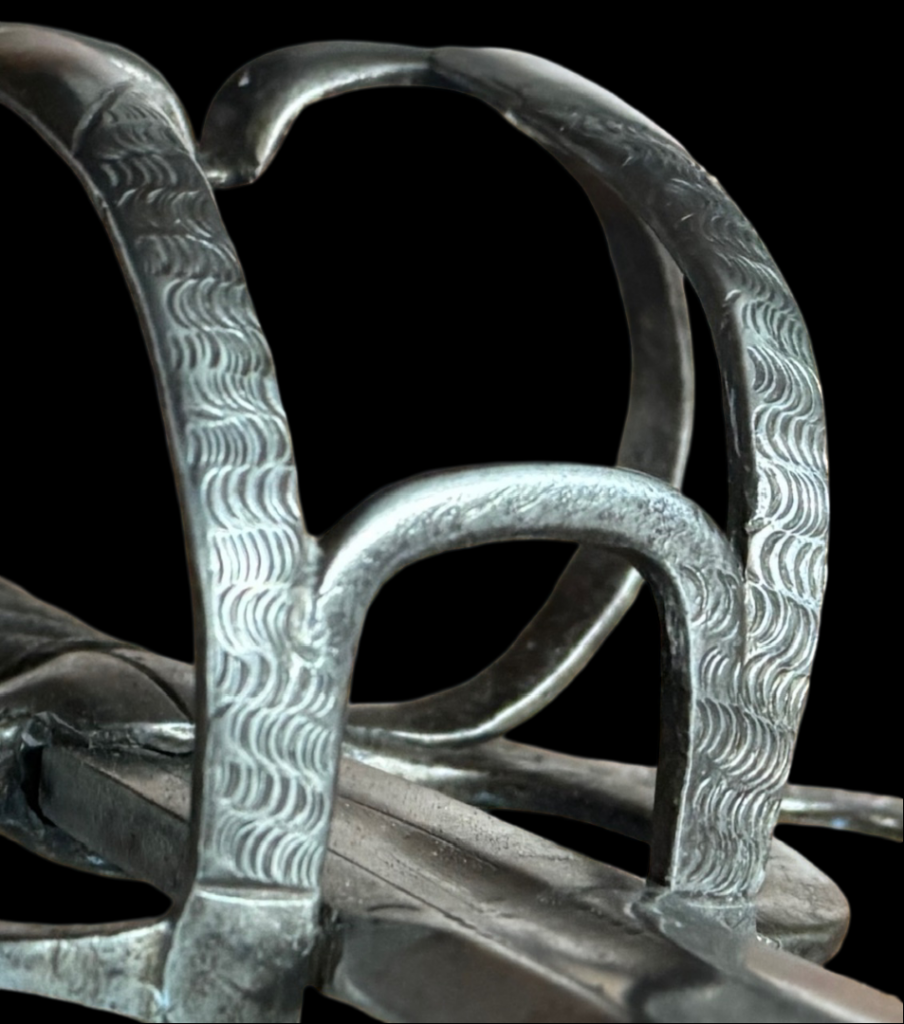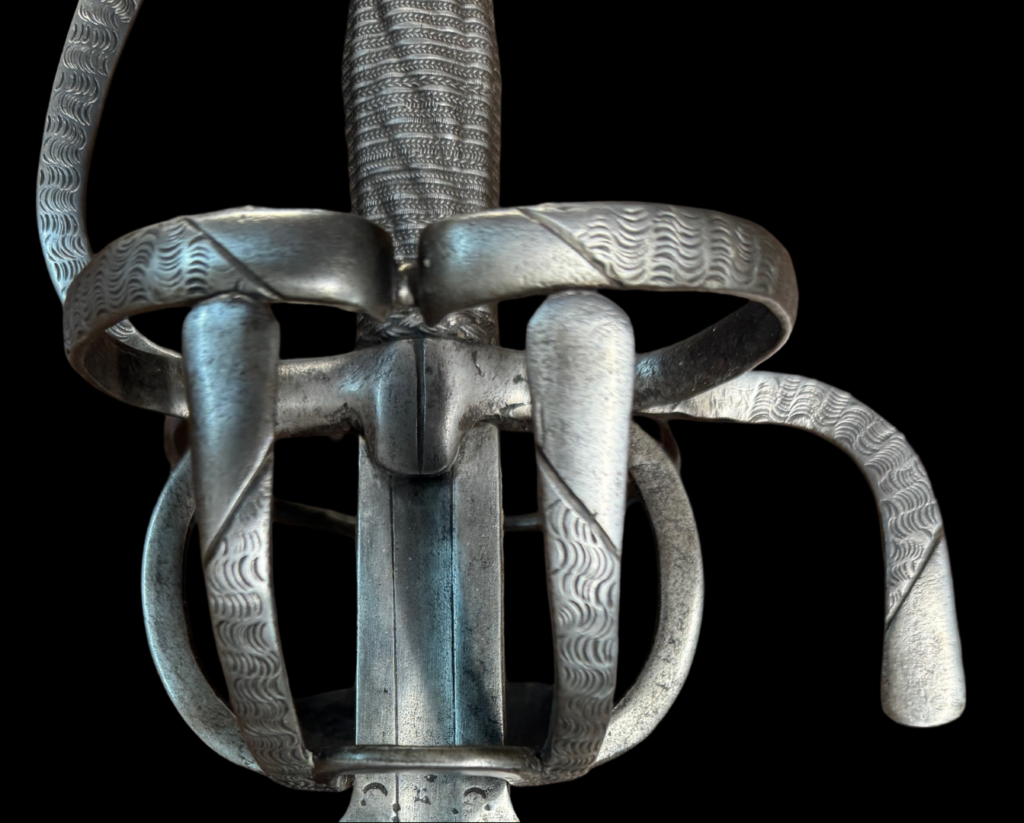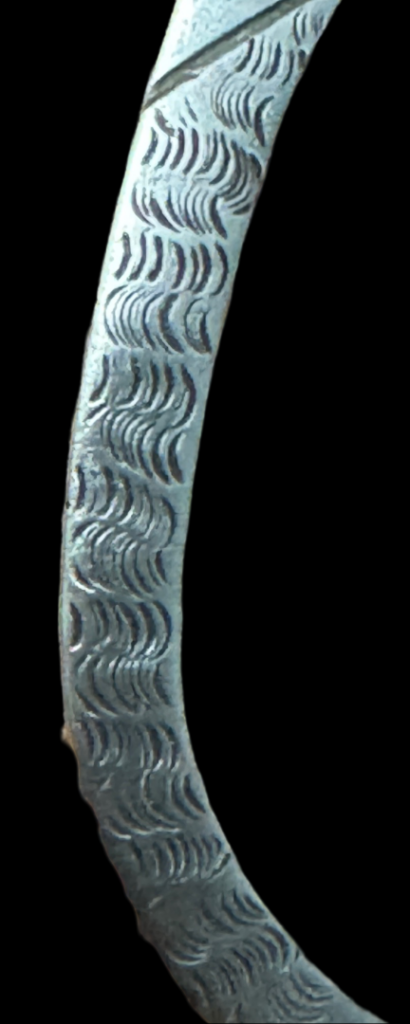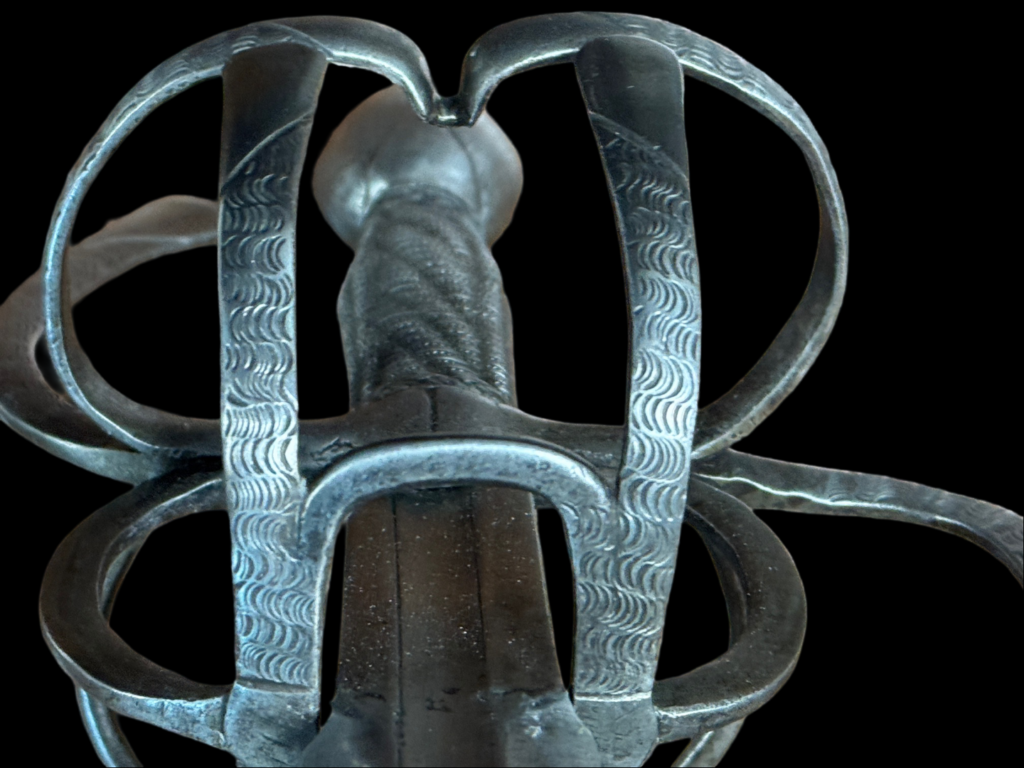1788) MASSIVE DECORATED GERMAN ANTENNA RAPIER CIRCA 1600 MINT MUSEUM CONDITION: Of bastard sword proportions—a great addition to any world-class collection or museum and priced to sell today!
Discussion: In a day and age lacking appropriate policing, the private citizen was forced to protect himself from society‚ criminal dregs. From the middle of the 16th to the end of the 17th century, the weapon of choice was the rapier. The rapier is a simple but highly effective sword against the non-armored.
The rapier was primarily a thrusting weapon that could inflict serious injury to an adversary‚ vital organs with minimal effort. It was also an exceptional slashing and cutting weapon; however, the slash was not as lethal as the thrust. The slash was used more as a feint to set up a finishing thrust. The slash was also a dire warning to a would-be assailant of the horrors to follow if he chose not to acquiesce quickly.
The rapier is almost undeniably of Spanish origin and is probably Spain‚ most significant contribution to the Renaissance arms race. A highly expensive, ornate rapier was the equivalent of a person in our day and age making a fashion or opulence statement by wearing very expensive jewelry, such as a Rolex or Audemars Piguet watch. Because fencing is more of a thrusting art, it became commonplace throughout Europe to have as long a blade as possible to obtain an advantage. This extravagance in length reached the point that municipalities passed statutes regarding the allowable lengths of blades. Those in violation had the misfortune of having their rapier‚ blades cropped at the tip at the city gate to comply. One example of these statues is from an English Royal Proclamation on March 17, 1557- 1558.
Provenance: From a private collection that only collects the best and only sells when he runs out of room in his armory.
Conclusion: An exceptionally elegant antique sword in mint museum condition that would make a great addition to any collection or museum. Act now. This sword is priced to sell today !!!*

